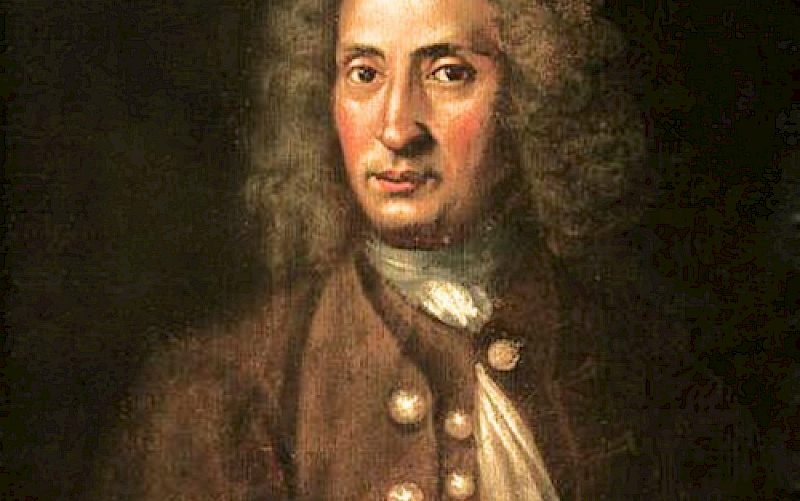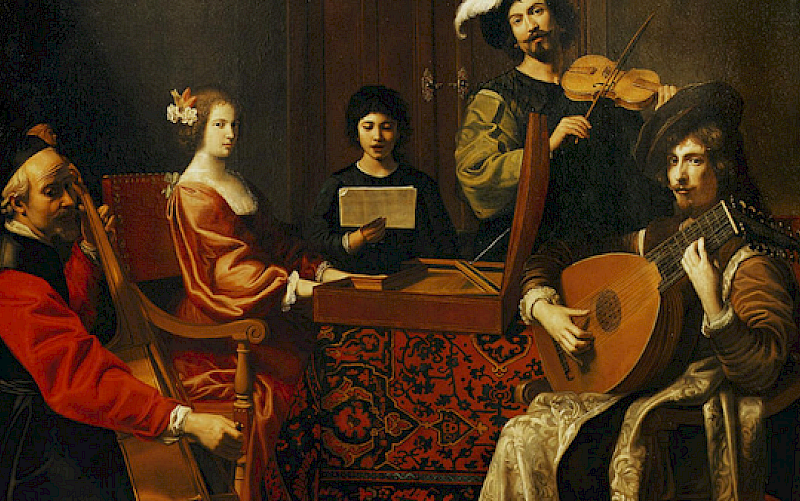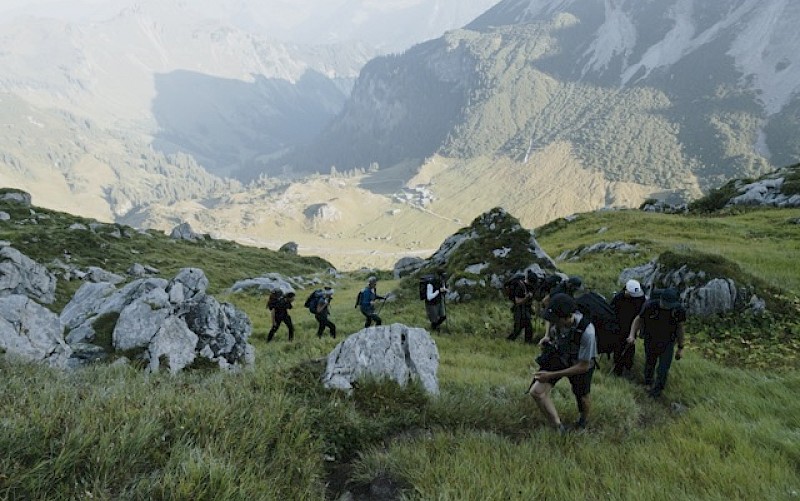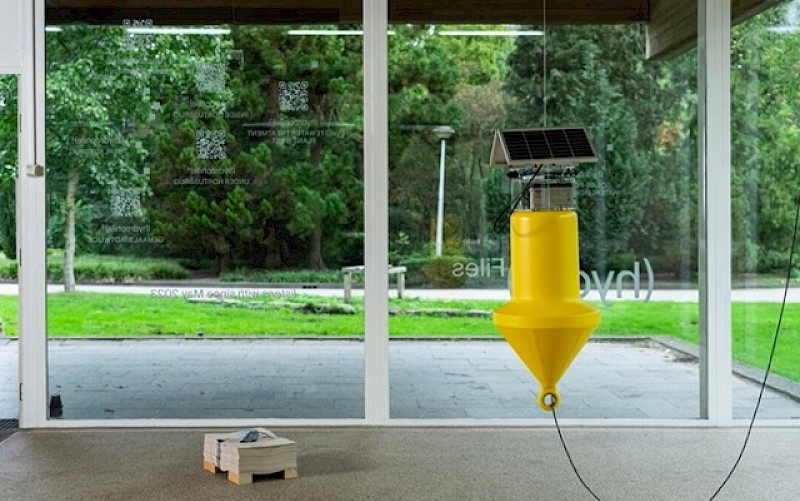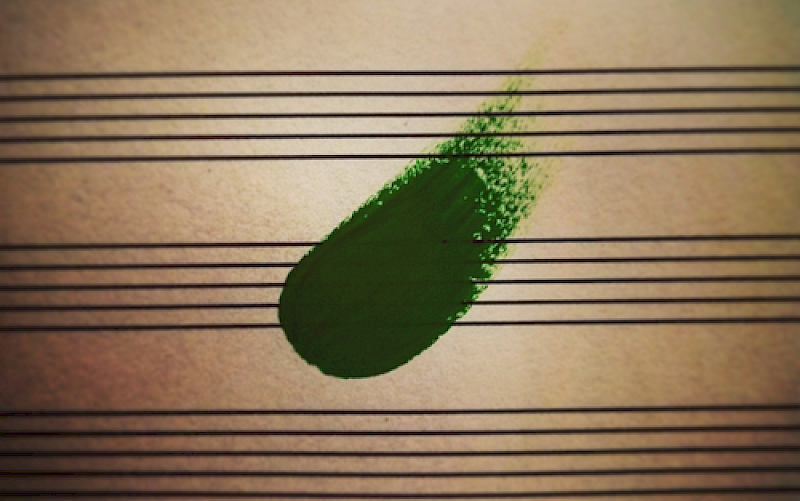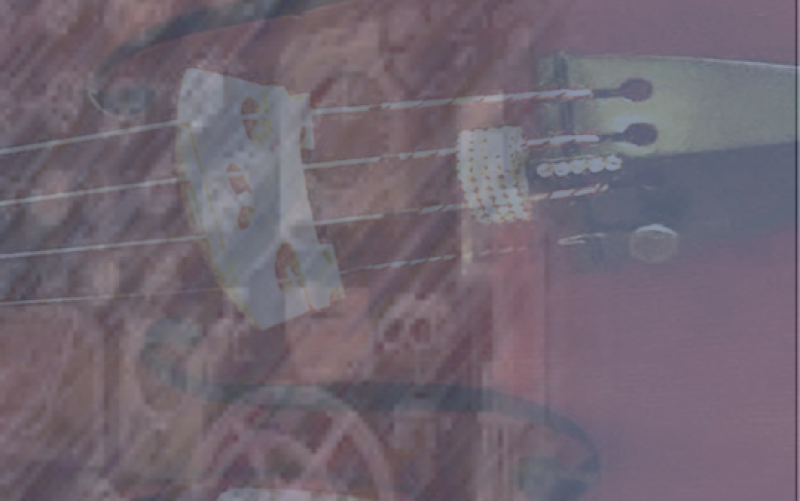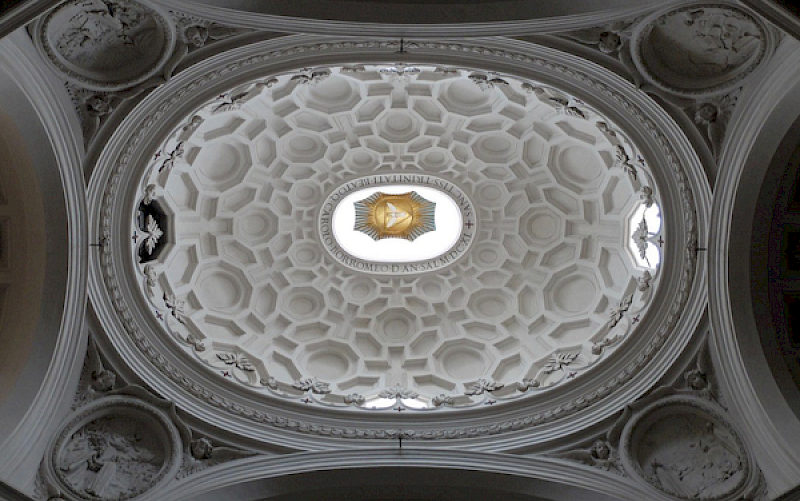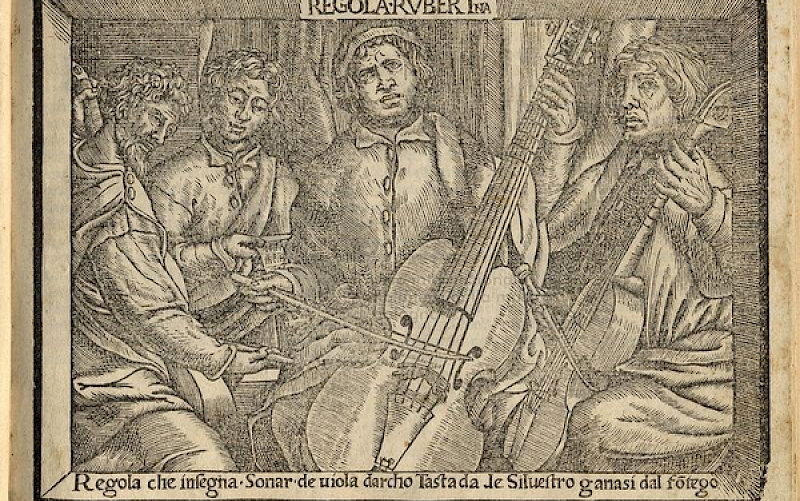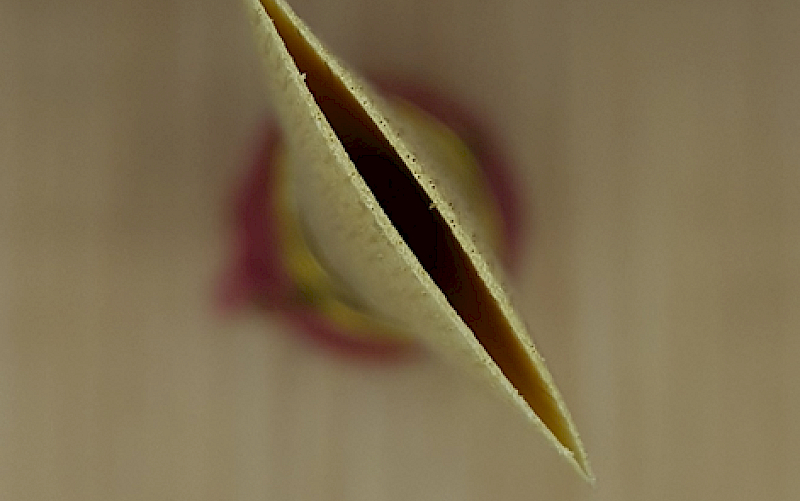Seventeenth-century cello playing, focussing mainly on bow technique
Name: Anne-Linde Visser Main Subject: Baroque Cello Research Supervisor: Johannes Boer Title of Research: Seventeenth century (Italian) cello playing, focusing mainly on bow technique Research Question: How can we regain seventeenth century bow-technique for cello repertoire? Summary of Results: My aim for this research was to find out more about 17th century cello playing, with the focus on bow technique. The first cello treatise was not written until 1741 (Corette) and therefore most cellists will play this repertoire with a late 18th century (bow) technique. Repertoire which is written especially for the violoncello starts in the late 17th century, but a lot of this repertoire was still composed in the old style. In short, my research contains the following elements: the bow, the bow-hold, bow-technique and other sources on articulation. The sources used include mainly treatises and iconography (taking into account that not all iconography is appropriate). Iconography shows us that there are a lot of possibilities to play the cello. In terms of bow hold, underhand bow hold is seen the most, but also overhand bow hold can be seen towards the end of the 17th century. The treatises by Sylvestre Ganassi, Riccardo Rognioni and Francesco Frognoni, were my main sources for bow-technique. Ganassi (16th century) already gives some very important ‘rules’ on string-playing that are still applicable today. Written in even greater detail concerning articulation, are the treatises for wind instruments. In my opinion, those treatises are not only valuable for 17th century repertoire, but could be also a source of inspiration for any other repertoire. Biography: Anne-Linde Visser (The Netherlands, 1992) studies baroque cello with Lucia Swarts. Last year she studied with Jonathan Manson at the Royal Academy of Music in London (Erasmus Exchange). Anne-Linde is ‘Young Bach Fellow’ of the Nederlandse Bachvereniging and member of the Theresia Youth Baroque Orchestra (Italy). Besides that, she regularly performs with the Laurenscantorij, Ars Musica and the Dutch Baroque Orchestra. With the Castello Consort she was recently accepted to take part in the Eeemerging-programme. She especially enjoys playing basso continuo, which has been described as ‘excellent’ (Early Music Reviews) and ‘impressive: unobtrusive yet decisive’ (Opera Today).
Author: Anne-Linde Visser
